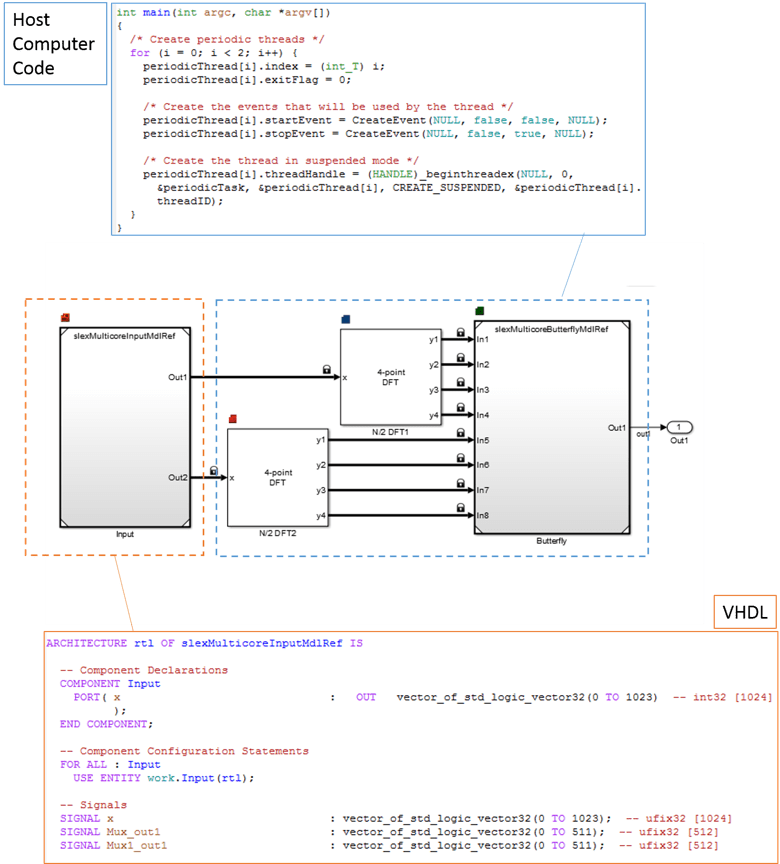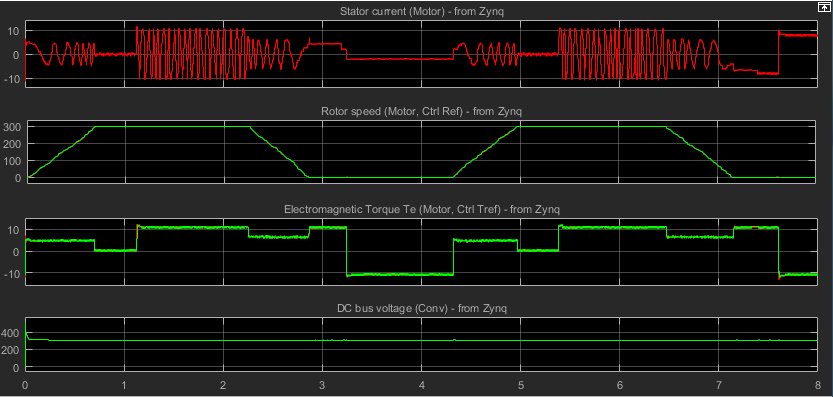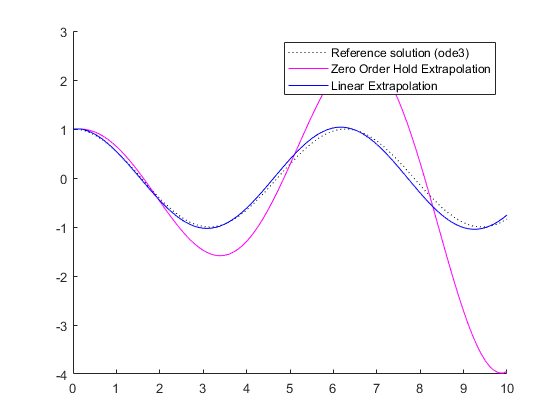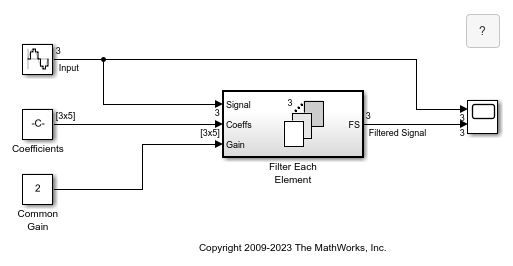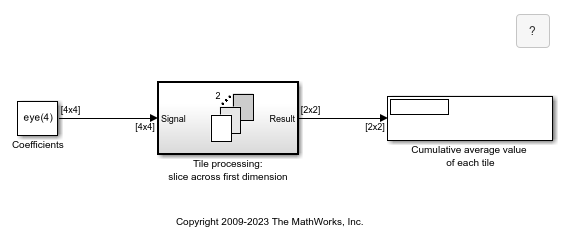多核处理器目标
为部署在多核系统或 FPGA 系统上的并行执行系统建模
多核编程,或者说并行执行建模,可以帮助您创建并行系统,以便部署到多核处理器和多处理器系统中。此类系统的示例包括信号处理和被控对象-控制系统。Simulink® 分区和映射技术可以帮助您解决设计并行执行系统时常见的难题。
图中显示了一个示例系统,其中的多个功能便是针对在基于 CPU 和 FPGA 的多处理器系统上执行而设计的。该系统被分成多个组件,它们被映射到 CPU 任务计划程序或 FPGA。
要了解多核编程的基础知识,请参阅Concepts in Multicore Programming。有关如何在 Simulink 中设计并行执行系统的信息,请参阅使用 Simulink 进行多核编程。

函数
Simulink.architecture.config | Create or convert configuration for concurrent execution |
Simulink.architecture.add | Add tasks or triggers to selected architecture of model |
Simulink.architecture.delete | Delete triggers and tasks from selected architecture of model |
Simulink.architecture.find_system | Find objects under architecture object |
Simulink.architecture.get_param | Get configuration parameters of architecture objects |
Simulink.architecture.importAndSelect | Import and select target architecture for concurrent execution environment for model |
Simulink.architecture.profile | Generate profile report for model configured for concurrent execution |
Simulink.architecture.register | Add custom target architecture to concurrent execution target architecture selector |
Simulink.architecture.set_param | Set architecture object properties |
对象
Simulink.GlobalDataTransfer | Configure concurrent execution data transfers |
工具
| 并发执行工具 | Specify tasks, triggers, and nodes for concurrent execution of Simulink model |
主题
了解 Simulink 中的多核编程
- Concepts in Multicore Programming
Theory relevant to modeling for concurrent execution. - 使用 Simulink 进行多核编程
使用 Simulink 进行并发执行建模。 - Implicit and Explicit Partitioning of Models
Learn about the key differences between implicit and explicit partitioning. - Supported Targets for Multicore Programming
Deploy concurrent execution models to supported multicore targets. - Limitations with Multicore Programming in Simulink
Limitations and considerations when partitioning a model for concurrent execution.
配置您的模型
- 为并发执行配置您的模型
了解如何配置您的 Simulink 模型以利用并发执行。 - Specify a Target Architecture
Choose or define a target architecture for a model configured for concurrent execution. - Partition Your Model Using Explicit Partitioning
Add tasks, create partitions, and map individual tasks to partitions using explicit partitioning. - Configure Data Transfer Settings Between Concurrent Tasks
Specify options for handling data transfers between concurrently executing partitions.
在 Simulink 中实现并行机制
- Implement Data Parallelism in Simulink
This example shows how to implement data parallelism for a system in a Simulink model. - Implement Task Parallelism in Simulink
This example shows how to implement task parallelism for a system represented in a Simulink® model. - Implement Pipelining in Simulink
This example shows how to implement pipelining for a system represented in a Simulink® model.
代码生成
- Optimize and Deploy on a Multicore Target
Configure a model for concurrent execution using explicit partitioning and deploy it to a target. - Assign Tasks to Cores for Multicore Programming
This example shows how to take advantage of executing code on a multicore processor by graphical partitioning.

